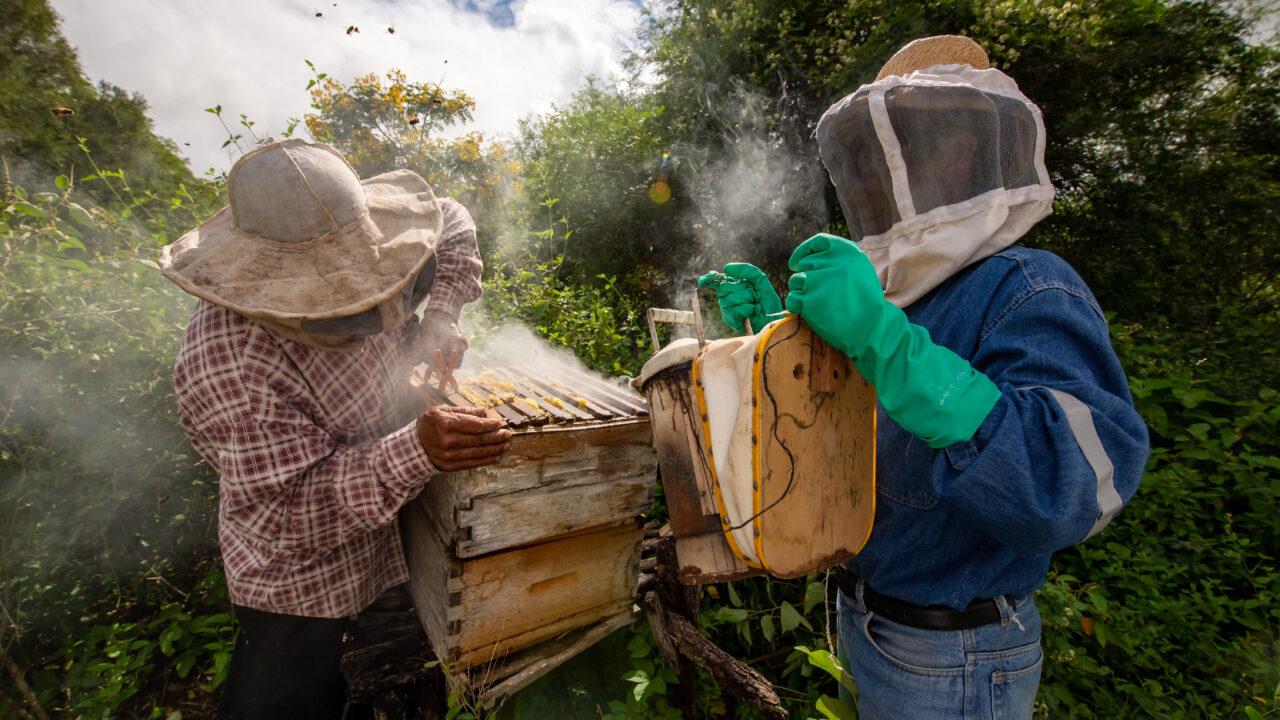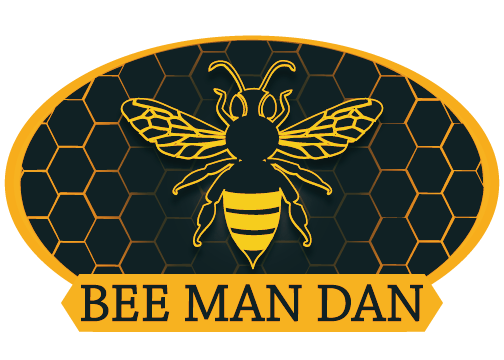
The Wasp Journey
In 2010, I started getting into the business of bee removal. I quickly learned that wasps
can be just as much of a pest for people as bees. Therefore, I decided to start taking on
wasp removal, and, much like bees, wasps can nest in the most inconvenient places,
such as walls, floors, and chimneys. However, unlike bees, wasps can be a bit more
dangerous and predatory than bees. Bees typically don’t want to sting someone right off
hand, but wasps can attack if something or someone is getting too close to their nest. If
the nest is in your home or on your property, don’t attempt to remove it yourself. Be sure
to call me Bee Man Dan.
The Bee Man Dan is here to help get rid of wasp infestations on your property. I can
ensure that your property will be safe and wasp free. I have years of experience and am
willing to do what many companies are not. Surprisingly, there are not many pest control
companies that want to deal with flying, stinging insects. I can’t blame them, but
someone has to do it. I’ve encountered situations where I faced thousands of wasps at
one time in chimneys, walls, attics, and many other places. I’ve even been stung at least
twenty times through my protective suit! One sting is enough to deter people from ever
wanting to go near a wasp again, but two years later, I am still doing what it takes to
protect people and remove wasps from their property.
Common Types of Wasps
For over ten years, I have learned so much about wasps, their behavior, and little
nuances about them to help better serve my customers and keep their property wasp
free.
Wasps are part of the Hymenoptera order, suborder Apocrita. They typically have
slender, smooth bodies. Their legs commonly have little to no hair. Their stingers are
smooth, and they have five eyes. There are many species of wasps, but they can
generally be classified into two categories, social wasps and solitary wasps.
Solitary wasps will typically build nests in the ground, wood, and pithy plant stems.
Spider wasps, which are a type of solitary wasps, will build their nests in rotten wood or
rock crevices and feed on spiders which is where the name comes from. Potter or
mason wasps build nests in mud which can look like a vase or a jug and may be
attached to small branches, twigs, or other objects.
Some common social wasps include yellow jackets, hornets, and paper wasps.
Yellowjackets constantly pose a problem around residential areas. They can be
identified by their bright yellow or white markings and where they nest. Yellowjacket
wasps often nest underground and can sometimes be difficult to detect. Hornets, or
bald face hornets, typically build a large nest that is shaped like a football above ground.
Paper wasps build paper-like nests for the colony and queen to live in. Their nests can
be found attached to tree hollows or structures such as the eaves of homes. They can
be identified by their brownish-reddish colors and yellow markings. These wasps can
get pretty large and look menacing, but only sting if they feel threatened.
Wasps will release pheromones when there is more than one nest on the property. If
threatened, they will give off a pheromone which alerts the entire colony to attack the
threat.
Getting Chased By Wasp? Here Is What You Do
It is never fun getting chased by things that can fly and sting you, especially wasps.
Wasps can sting more than once, and if they alert their colony, a whole swarm can come
after you. So how can you get rid of them? Honestly, the only thing you can do is run.
Standing still will only make you a sitting target, and if you jump into the water, they will
wait by hovering over the water. Don’t stop to swat at them, either. This will only make
them more aggressive. While running, do your best to protect your face and get to
shelter as quickly as possible. Just be careful not to let them in because they will follow
you in.
The best way to keep swarms of wasps attacking you is to avoid them altogether. If by
chance you encounter a wasp, don’t try to swat at it immediately. This will turn you into a
threat, and that is when they start alerting the others. It is best to remain as calm as
possible and carefully move away from the wasp.
If you see a nest, do not try to remove it yourself. It is recommended to call a
professional immediately. Depending on where the nest is located, it may be difficult to
tell how big it is at first glance. If you try to remove the nest yourself, you could be
aggravating hundreds or even thousands of wasps all at once, which can be terrifying
and dangerous.
Avoid Attracting Wasps In The First Place
Preventative measures are always the best way to avoid wasp infestations. Wasps are
attracted to sweet, sticky food. Therefore, you want to make sure your food is put up. If
you are on a picnic or camping, be sure to cover your drinks, especially cans. They can
crawl inside your drinking without you knowing.
Be sure to seal your trash can. Open trash cans are a feasting ground for wasps. When
you throw garbage in a trash can full of wasps, it will aggravate them and start chasing
you. Bright colors and perfume can attract wasps as well as other insects.
Lastly, it is said that certain plants can help ward off wasps. If you have a garden or a
big enough space to grow plants, you might want to consider growing Wormwood,
Spearmint, Thyme, Lemongrass, Pennyroyal, Geraniums, or Eucalyptus. Not only can
these plants help ward off wasps, but they can look great around your home and yard.
While many people do not enjoy encountering wasps, I can truly say I love what I do. I
have been helping the Houston area for years. I also strive to help customers avoid
them and inform them on how to better handle these insects safely to prevent painful
stings and potentially life-threatening situations. If you are concerned about wasps on
your property, don’t hesitate to call me, the Bee Man Dan.
